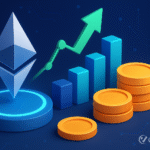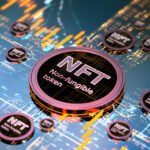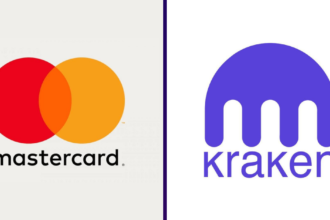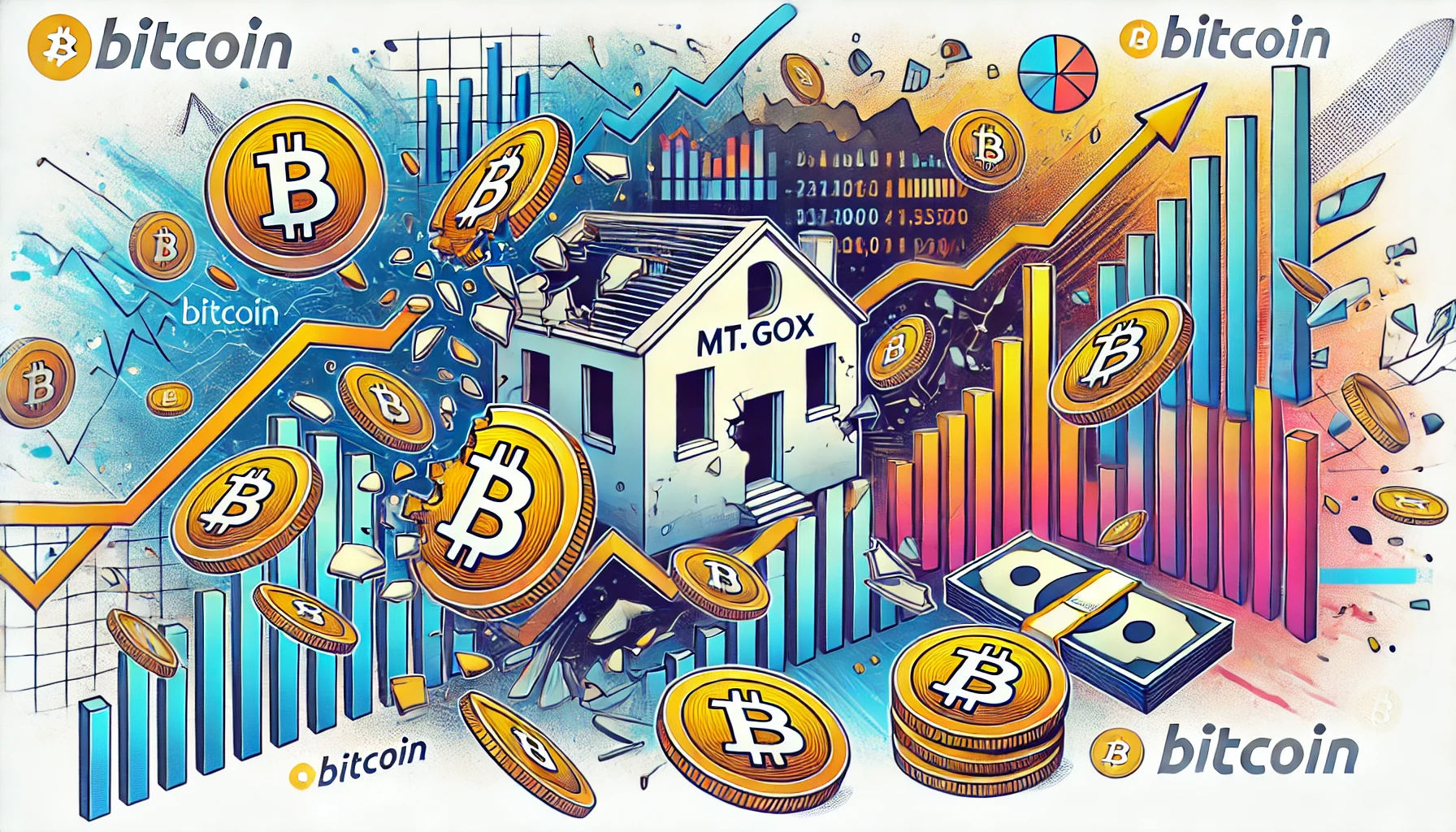Decentralized Finance (DeFi) is at a turning point. In late 2024, the U.S. Securities and Exchange Commission (SEC) closed its non-fraud investigations into Uniswap, a leading decentralized exchange (DEX). This landmark decision has sent ripples through the crypto world, signaling a potential shift toward a more permissive regulatory environment for DeFi. As of April 2025, the industry is buzzing with optimism, with DeFi platforms gaining confidence to innovate and attract new users. What are the implications of this for the future of decentralized finance? Let’s dive into how the SEC’s Uniswap decision is reshaping DeFi and why it matters.
A Regulatory Win for DeFi
For years, DeFi protocols like Uniswap operated under a cloud of regulatory uncertainty.
The SEC’s intense oversight of crypto initiatives frequently sparked concerns about regulatory crackdowns, hindering innovation. Uniswap, a leading platform for peer-to-peer token exchanges on Ethereum, stood out as a key focus due to its prominence. However, the SEC’s decision to close non-fraud investigations marked a turning point. It suggested that regulators might be warming to DeFi’s decentralized model, where no single entity controls the platform.
This shift aligns with broader U.S. regulatory changes. The incoming Trump administration has hinted at crypto-friendly policies, including a national Bitcoin reserve. Meanwhile, the Office of the Comptroller of the Currency (OCC) now allows banks to engage in crypto custody and stablecoin operations without prior approval. These moves create a fertile ground for DeFi to thrive, with Uniswap’s case setting a precedent for others.
Why Uniswap Matters to DeFi
Uniswap isn’t just another crypto platform—it’s a cornerstone of DeFi. Launched in 2018, it pioneered automated market makers (AMMs), allowing users to trade tokens without traditional order books. By April 2025, Uniswap boasts millions of active wallets and billions in trading volume, making it a barometer for DeFi’s health. The SEC’s decision to step back from Uniswap signals that regulators may view such protocols as distinct from centralized exchanges, which face stricter oversight.
This clarity is crucial. Developers can now build with less fear of legal repercussions, while investors gain confidence in DeFi’s legitimacy. The decision also highlights Uniswap’s decentralized ethos—its protocol is governed by a community, not a corporation, reducing the SEC’s ability to pin violations on a single entity.
Fueling Innovation and Growth
The Uniswap ruling has unleashed a wave of optimism. DeFi platforms are seeing renewed developer activity, with projects building on Ethereum, Solana, and other blockchains. For instance, platforms like Aave and Compound are expanding lending and borrowing features, while new DEXs are emerging to challenge Uniswap’s dominance. This innovation could drive DeFi’s user base beyond its current 53.5 million, a milestone reached in early 2025.
Institutional interest is also spiking. With regulatory fears easing, traditional finance players are exploring DeFi. Banks, now empowered by OCC rules, could integrate DeFi protocols for custody or yield farming, bridging TradFi and Web3. To learn more about DeFi’s technical underpinnings, check out Ethereum’s official documentation for a deep dive into smart contracts and AMMs.

Attracting Institutional Capital
The SEC’s move could unlock billions in institutional capital. Hedge funds and asset managers, previously wary of DeFi’s legal gray zone, are now eyeing opportunities. Uniswap’s model—transparent, auditable, and decentralized—offers a compelling case for investment. Unlike centralized platforms prone to hacks or mismanagement, DeFi protocols rely on code, reducing counterparty risk.
This influx of capital could stabilize DeFi markets. For example, stablecoins like USDT, widely used on Uniswap, are gaining traction for cross-border payments. If institutions pour funds into DeFi liquidity pools, volatility could decrease, making the ecosystem more appealing to retail users. However, critics warn that institutional involvement might dilute DeFi’s decentralized spirit, a tension worth watching.
Risks and Challenges Ahead
Despite the optimism, DeFi isn’t out of the woods. The Uniswap decision doesn’t grant blanket immunity—other protocols could still face SEC scrutiny if fraud or misrepresentation is suspected. Global regulators also pose a threat. While the U.S. softens its stance, jurisdictions like the EU and China maintain tight crypto controls, potentially fragmenting DeFi’s growth.
Security remains a concern. DeFi hacks, like the $600 million Poly Network exploit in 2021, highlight vulnerabilities in smart contracts. Even Uniswap, with its robust codebase, isn’t immune to exploits or front-running bots. Users must stay vigilant, using tools like hardware wallets and auditing platforms before investing.
Then there’s the issue of accessibility. The intricacy of DeFi, with issues like gas fees and private key management, discourages widespread adoption. While the Uniswap ruling boosts confidence, scaling user-friendly interfaces will be critical to onboarding the next billion users.
Also Read: Ripple vs. SEC Ends, Stablecoins Get Green Light: A New Era for U.S. Crypto Policy
The Road to Mainstream DeFi
So, what’s next for DeFi? The Uniswap decision could pave the way for a golden era. If regulators continue to distinguish between decentralized and centralized platforms, DeFi could become a mainstream alternative to traditional finance. Imagine a world where you borrow, lend, or trade assets without banks, all powered by transparent code. That’s DeFi’s promise.
To get there, the industry must address its pain points. Layer-2 solutions like Arbitrum are reducing Ethereum’s gas fees, making Uniswap trades cheaper. Projects like WalletConnect are simplifying user experiences, letting novices navigate DeFi via mobile apps. Meanwhile, community governance ensures protocols evolve with user needs, a stark contrast to Wall Street’s top-down model.
A Critical Perspective
Let’s not get carried away. DeFi’s hype often outpaces reality. The Uniswap ruling is a win, but it’s not a free pass. Regulators could reverse course if market crashes or scams spike. And while decentralization sounds noble, many DeFi projects rely on centralized oracles or developer teams, creating weak points. Always question the narrative—due diligence is your best defense in crypto’s wild west.
Conclusion: A Brighter Future?
The SEC’s Uniswap decision marks a new dawn for DeFi. It’s a signal that regulators may embrace innovation over punishment, unlocking growth for platforms, developers, and users. As DeFi scales, it could redefine finance, making it more inclusive and transparent. But challenges like security, accessibility, and global regulations loom large.
For now, Uniswap stands as a beacon of what’s possible. Its victory is DeFi’s victory, but the journey to mainstream adoption is just beginning. Stay curious, stay cautious, and keep exploring the decentralized frontier.













